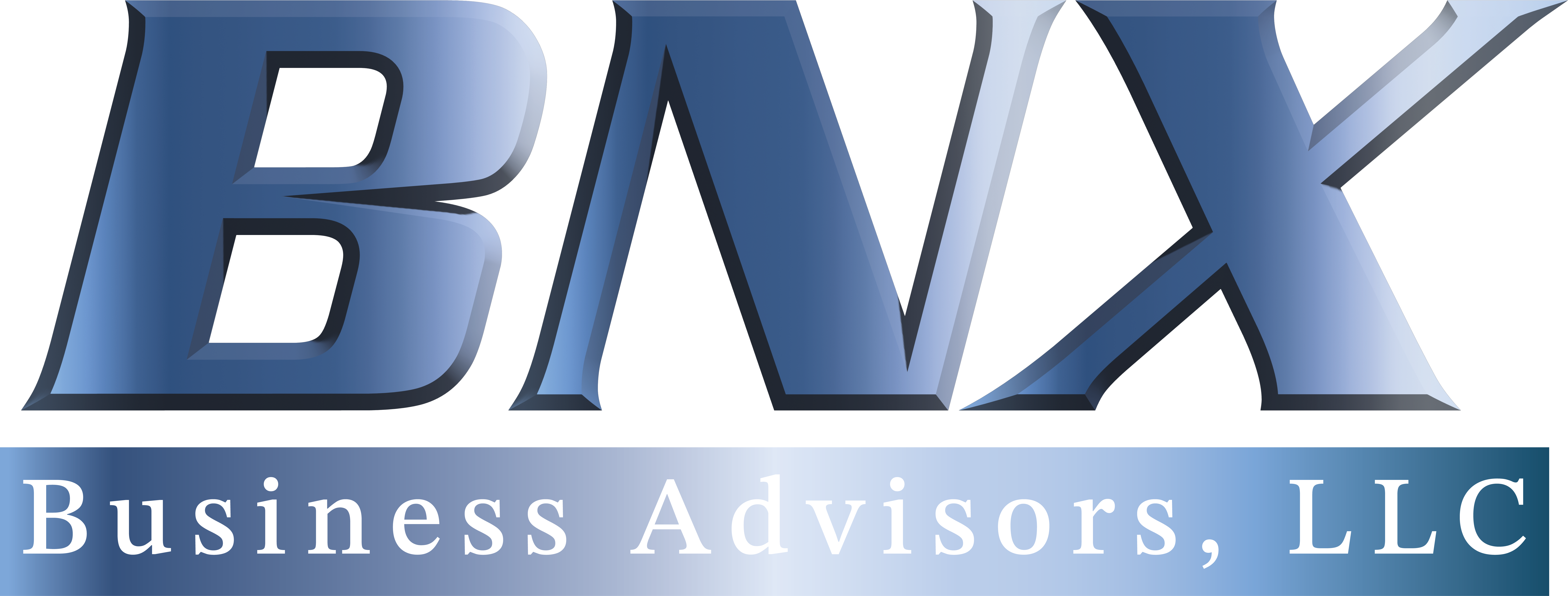
In today’s fast-paced business environment, human resources (HR) departments are tasked with managing a wide range of responsibilities, from recruiting and onboarding new employees to training and development, benefits administration, and performance management. To meet these demands, HR teams must continually evaluate and improve their processes to ensure they are effective and efficient. In this blog, we’ll explore an HR process improvement checklist to help you determine if your HR processes are effective and where improvements can be made.
Define your HR goals and objectives Before you can begin evaluating your HR processes, it’s essential to define your goals and objectives. These should align with your organization’s overall goals and be measurable. By defining your HR goals and objectives, you can determine which processes are critical to achieving them and which require improvement.
Assess your current HR processes Once you’ve defined your HR goals and objectives, it’s time to assess your current HR processes. This should include gathering data on process efficiency, effectiveness, and employee satisfaction. Look for bottlenecks, areas where errors or delays occur, and opportunities for automation. You may also want to survey employees to understand their perspectives on HR processes and identify areas for improvement.
Identify areas for improvement Based on your assessment, identify areas where HR processes can be improved. This may include simplifying processes, reducing paperwork, streamlining communication, or automating repetitive tasks. You may also want to consider outsourcing certain HR functions to third-party providers.
Prioritize improvements Once you’ve identified areas for improvement, prioritize them based on their impact on HR goals and objectives. Start with the most critical processes and those that will have the most significant impact on employee satisfaction and productivity.
Develop an action plan with your priorities identified, develop an action plan to implement the improvements. This should include timelines, budgets, and resources needed to execute the plan. Consider piloting new processes before rolling them out across the organization.
Monitor and evaluate as you implement improvements, continue to monitor and evaluate their effectiveness. This may include tracking metrics such as process efficiency, employee satisfaction, and time-to-hire. Use this data to refine your processes and make further improvements as needed.
To conclude, the HR process improvement checklist is a useful tool for HR teams to evaluate their current processes, identify areas for improvement, and implement changes that will enhance efficiency, effectiveness, and employee satisfaction. By following these steps, HR departments can continually evolve and adapt to meet the demands of today’s fast-paced business environment.
For more information, please contact me!
Email: info@bnxfinancial.com
Website: https://bnxba.com
Phone: (904)345-0070
